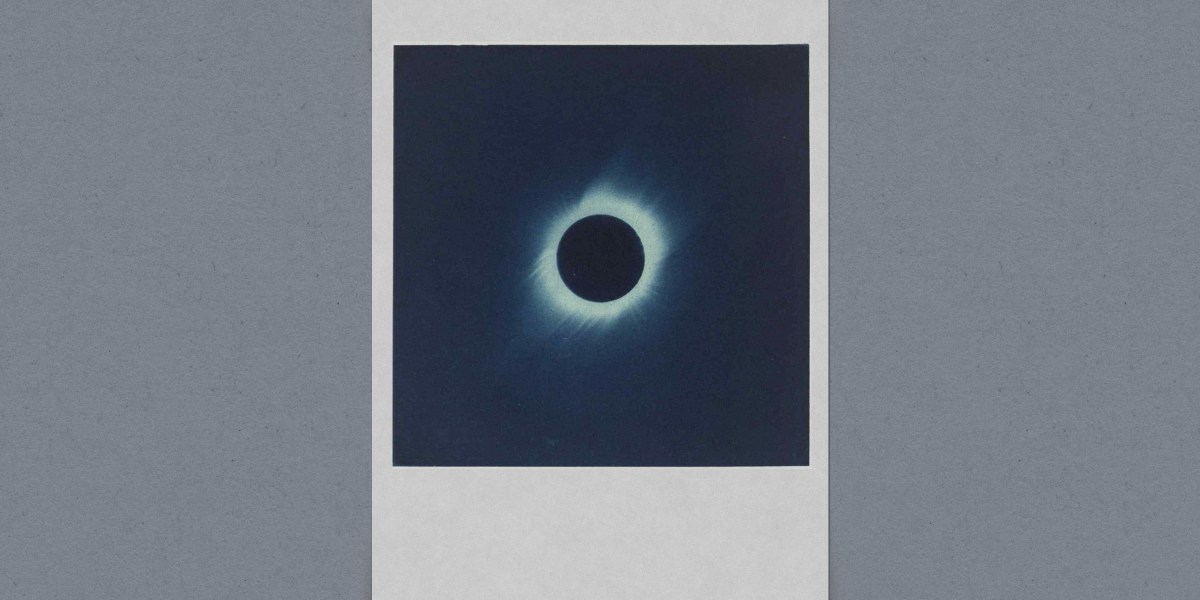
Today, NASA operates a fleet of 27 spacecraft to study the sun. NASA even sent a probe to scoop up plasma and touch the sun’s surface, where the temperature registers 10,300 °F. With all that technology, however, total solar eclipses still offer rare insight. Uniquely in our solar system, Earth’s moon is just the right size and distance from the planet to fully cover the sun’s face and only its face, briefly exposing the roots of coronal discharges and solar winds for observation and measurement. “Even our best instruments have a hard time getting down to the connection at the surface,” says Korreck.
Back on May 28, 1900, after weeks of preparation, Burton was enthralled by the eclipse, which lasted 85 seconds. Everyone set down their smoked-glass viewers to look directly at the extinguished sun. “At first there seemed to be but two broad streams of light,” he wrote, “extending from a jet black disk, all against a background of dark blue sky.”
Nearly 125 years later, the Fitzpatrick still welcomes visitors to Washington. Drop into town on April 8, 2024, with a pair of eclipse glasses and you might witness a partial eclipse. It may not have the chilling, mystical effect that comes with the sun going totally dark (for that you would have to be somewhere between Dallas and Cleveland), but it is still a spectacular reminder of the cosmological phenomena that govern everything.
Bill Gourgey is a science writer based in Washington, DC. He also writes fiction and teaches science writing at Johns Hopkins.
